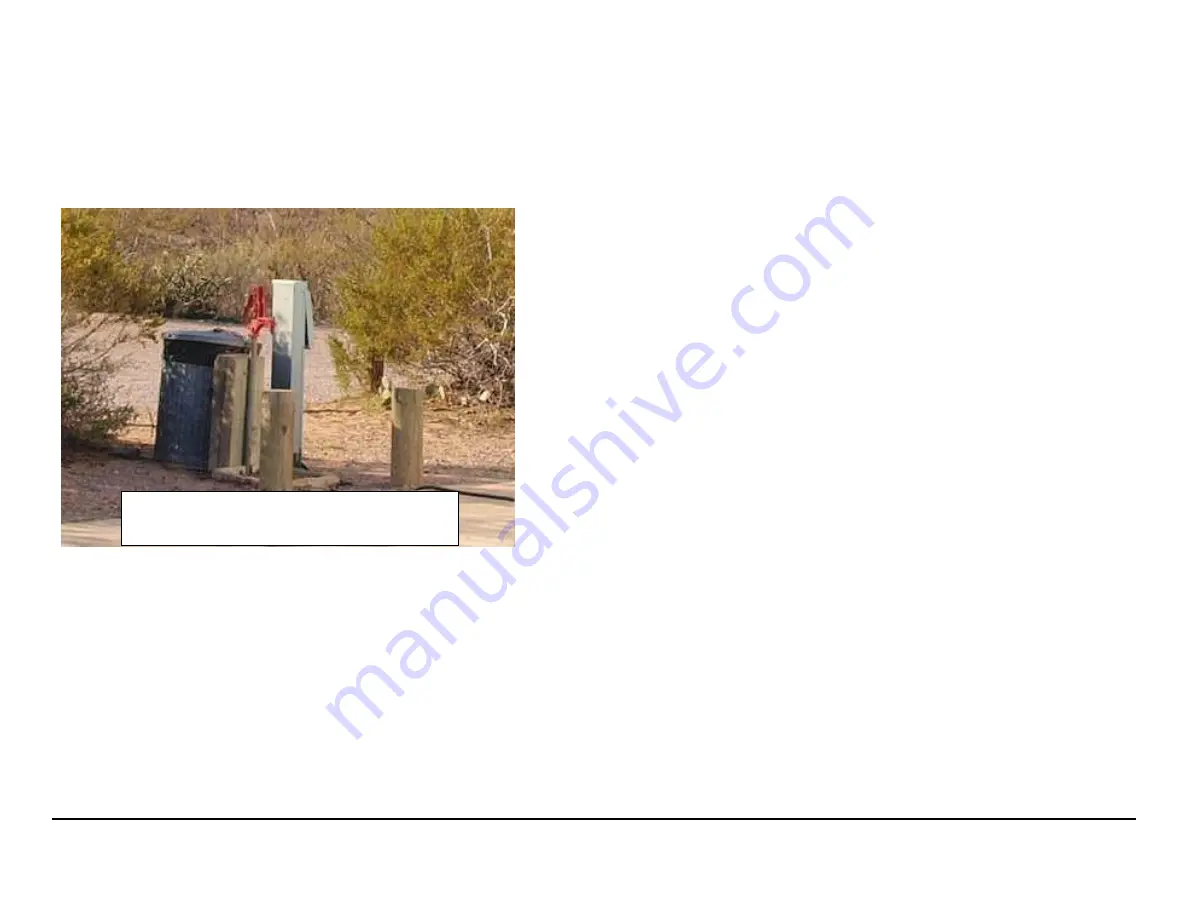
© Erwin Hymer Group North America, Inc.
HOWTO: Setting Up Your Campsite
What Do You Need To Hook Up?
In an Aktiv, the answer to this question is - a lot less than you think. Rather than slug through the setup ordeal that Class As and fifth wheels and other trailers
go through, Class Bs are much nimbler. We travel light and can set up and pack up in
minutes. Let's look at the differences in these different types of units and see why.
Most big rigs and trailers don't have a self-contained philosophy - they're basically like
sticks and bricks homes on wheels, which require what campgrounds call "full hookups"
(electricity, water, and sewer connections at each campsite) to function. Aktivs have big
fresh water and holding tanks that the other types of RVs lack, so it's usually easier just to
plug into the electricity, and not bother with the water and sewer hookups. This makes
your hookup procedure a five-minute process - park in a level spot and plug in. Maybe
hook up the cable tv, too, if they have it at the campsite, but that's about it.
It's a different philosophy because most large RVs plunk down and don't move once they
get to a campsite. They have a towed vehicle - or the truck they haul their trailer with - to
take short trips around the area. Since you don't have a tow vehicle like the big rigs, you
need to be able to head out to the store or go sightseeing in your Aktiv, so the less
elaborate the set-up and pack-up procedures, the better.
Connected Fresh Water Vs. Using Your Tanks
There's no real advantage to leaving the water hooked up all the time - it's easier just to get your hose out and fill your tanks, and then put the hose away. No
leaks, no hose to trip over, no need to disassemble and store all that stuff when it's time to hit the road again. In a campground with shower facilities, your
water supply will last for days, and when it runs out you just get the hose back out, fill it up again, and you're ready for another few days.
Sewer Hookup Vs. Dumping
The advantage of using your tanks for fresh water over a more permanent water hookup is that you're automatically reminded of when your waste water tanks
are full. When you're close to running out of fresh water, that means it's time to dump your wastewater tanks. With a more permanent hookup, the reminder
may be waste water backing up in your sink or toilet, which is not nearly as pleasant. The tank level indicators only tell you to the nearest third what your tank
levels are.
Full hookups - electric, water and sewer - plus
lots of company.

































